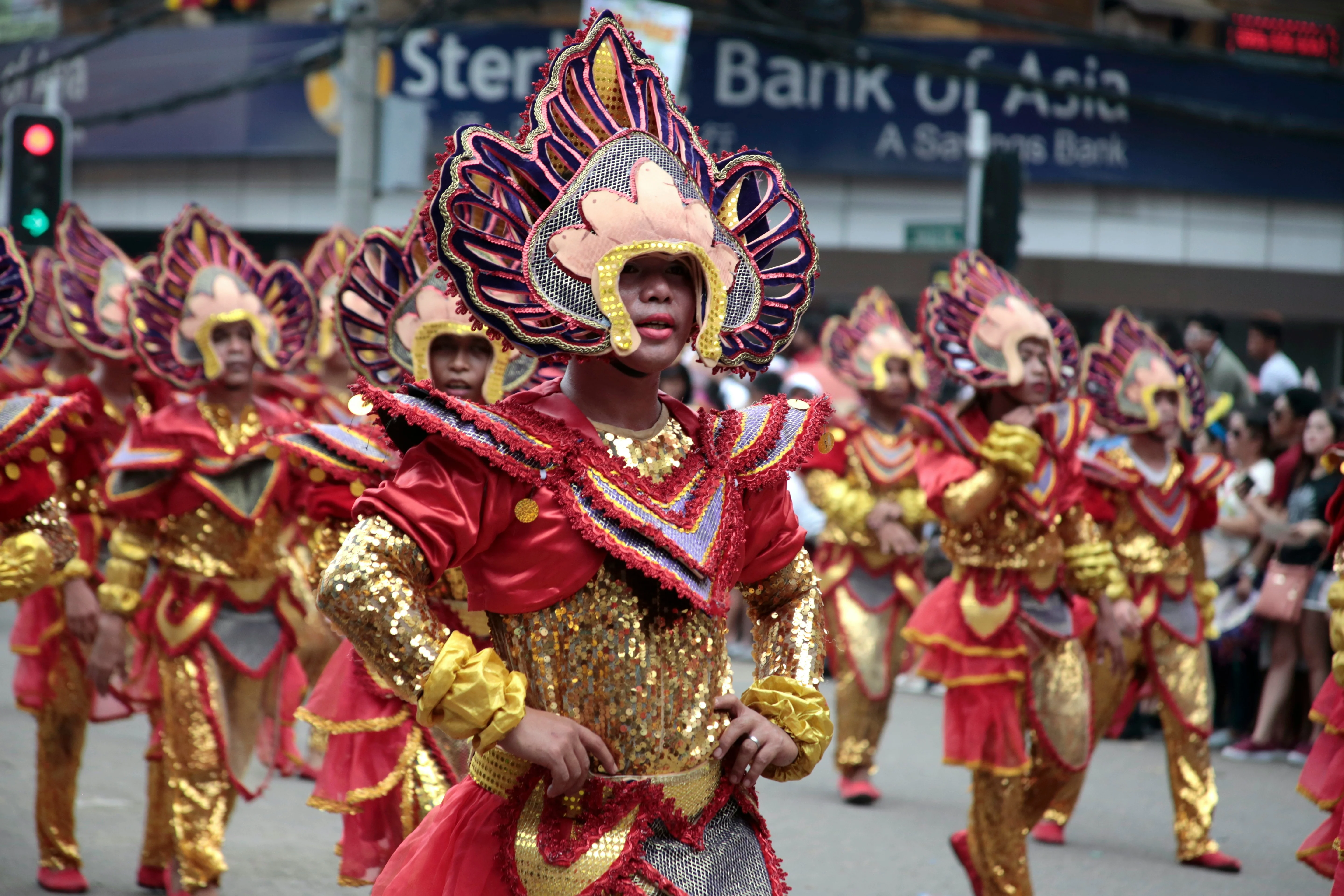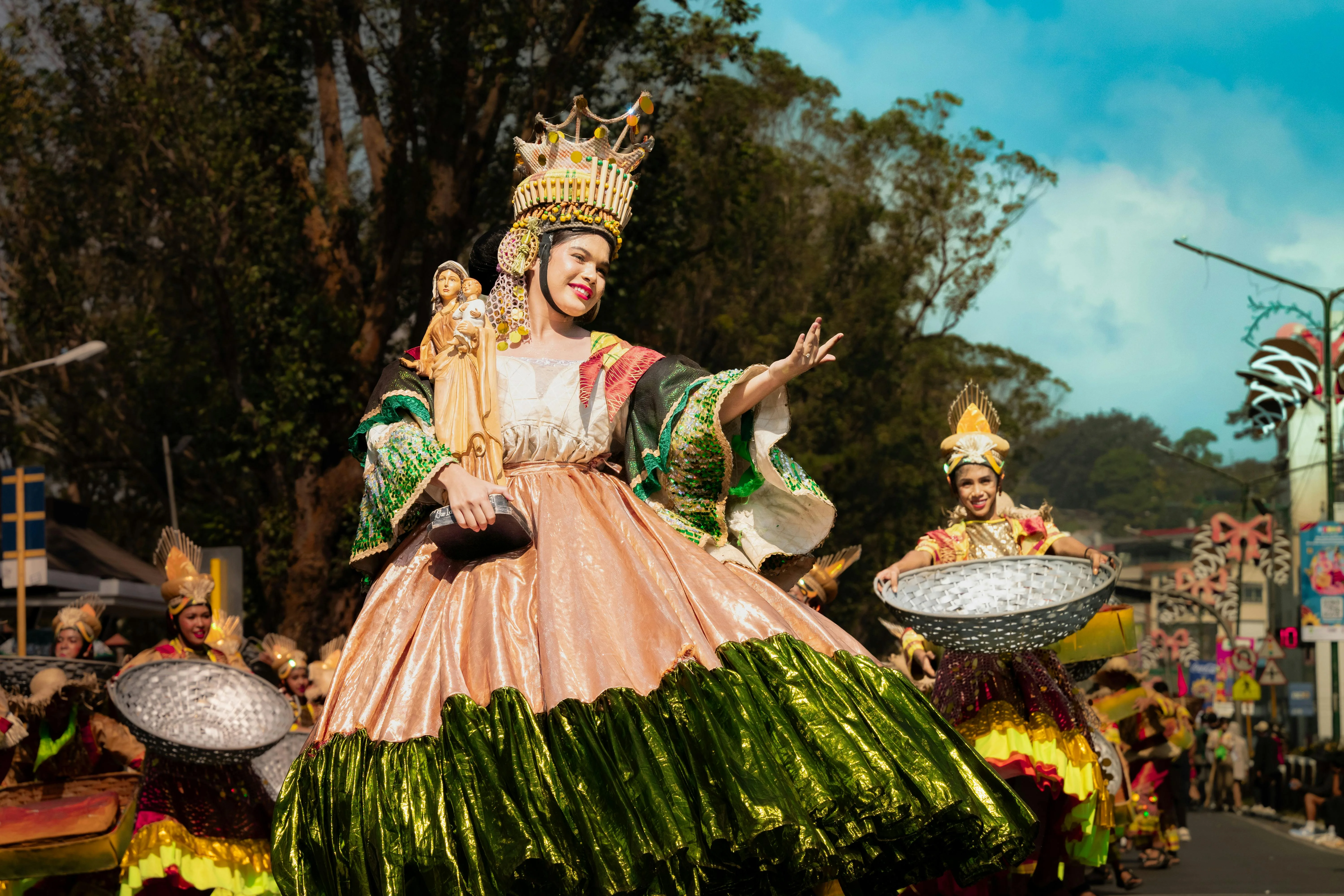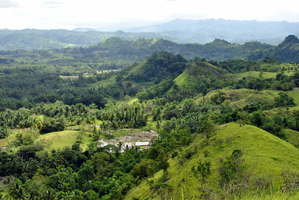The Rich Tapestry of Philippine Culture Through its Festivals

Every year, a kaleidoscope of colors, sounds, and activities draws travelers to the Philippines, eager to partake in the country's vibrant festivals. Known for their joyous celebrations, unique traditions, and breathtaking spectacles, these festivals offer solo travelers an enchanting glimpse into the rich cultural tapestry of the Philippines. Whether you're wandering through the lively streets of Cebu or exploring other regions, every festival promises unforgettable moments and cultural revelations.
The Heart of Festivities: Sinulog Festival
Cebu, a bustling city in the Visayas region, is famous for its grand Sinulog Festival, celebrated every third Sunday of January. Marked by a vibrant parade, elaborate costumes, and fervent dance rituals, the Sinulog pays homage to the Santo Nio, or the Child Jesus, reflecting the deep-seated religious devotion of Cebuanos. The festival is an explosion of cultural pride, reflecting the city's historical ties to Spanish colonization and its evolution into a dynamic urban center.
What Makes Sinulog Unmissable?
Street Parties: As day turns to night, Cebu's streets come alive with parties that further amplify the festive spirit. It's a chance for solo travelers to mingle; however, you should enjoy it responsibly and be mindful of your belongings.
Traditional Rituals: Religious processions and dance rituals are integral, offering a spiritual dimension that balances the jubilant atmosphere. This blend of reverence and revelry is what makes Sinulog a truly comprehensive cultural experience.

Panagbenga Festival: Blooming in Baguio
Further north in the City of Pines, Baguio City, the Panagbenga Festival, or Flower Festival, bursts into bloom every February. While not in Cebu, this festival highlights the Philippines' diverse cultural landscape, encouraging travelers to explore beyond single-city adventures. Celebrating the region's floral industry and environment, Panagbenga is a visual feast with its vibrant float parades and flower-filled art forms.
Highlights of Panagbenga
Community Dances: The festival sees the city's communities come together in dances that symbolize unity and gratitude, a reminder of how traditions can foster communal bonds.
Economic Boost: The festival also emphasizes the positive economic impact on local industries, particularly in agriculture and tourism.

Kadayawan sa Dabaw: Celebrating Abundance
In the southern city of Davao, the Kadayawan Festival takes place every August, celebrating bountiful harvests and cultural heritage. While Cebu boasts its own agricultural and cultural festivals, Kadayawan underscores the bounty of the Davao region and its indigenous peoples, adding layers to one's understanding of Filipino diversity.
Experience Kadayawan
Fruit Festivals: Known for its tropical fruits, particularly the prized durian, Kadayawan offers a taste of the region's agricultural abundance.

Why Solo Travelers Shouldn't Miss Out
Traveling solo through these festivals enables a profound connection with the culture and people. It offers more flexibility to immerse oneself in activities and interact with locals, enriching the travel experience. For those venturing to Cebu, the Sinulog Festival in particular serves as a portal into Cebuano heritage, charting a narrative of resilience, faith, and community.
Tips for Solo Travelers
Plan Ahead: Research festival dates and activities to create a flexible but informed itinerary.
Engage Locally: Take the opportunity to converse with local attendees and volunteers who can share personal stories and insights about the festivals.
Stay Safe: While enjoying the festivities, prioritize safety by staying vigilant in crowded areas and securing personal belongings.
In conclusion, the festivals of the Philippines serve as dynamic, living museums of the nation's rich and varied cultural history. From the streets of Cebu to the landscapes of Davao, every festival allows travelers to delve deeper into the traditions and stories that shape Filipino identity. Embrace the adventure, and prepare for a captivating journey into the heart of Philippine culture.







